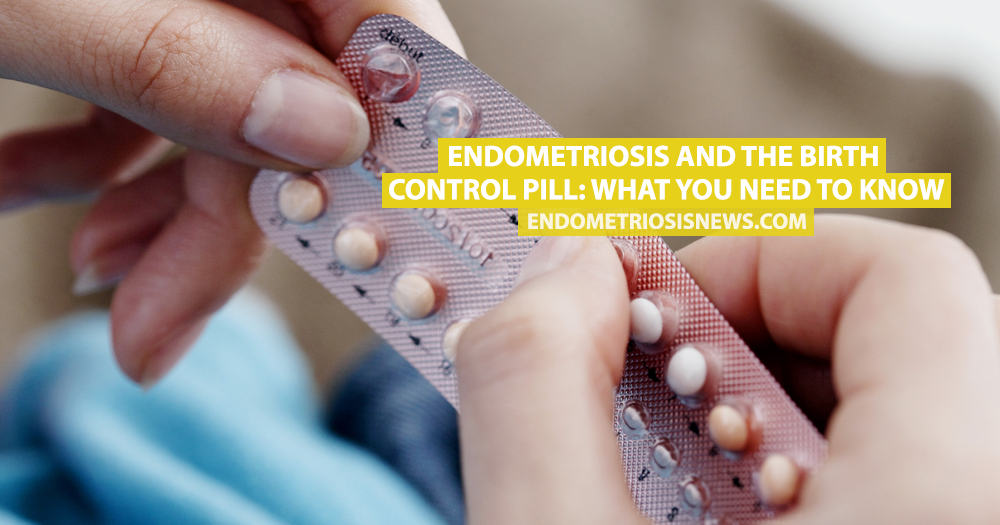The combined oral contraceptive pill has been used as a treatment for endometriosis for almost 50 years and is often the go-to solution for women living with the condition.
MORE: For some women, endometriosis period pains can be as painful as a heart attack.
There are many different types of combined contraceptives, which contain varying low doses of two synthetic hormones: estrogen and progesterone. It’s a cheap alternative to other medications and most women can take it for long periods of time without any negative side effects. However, some women may need to experiment with different brands to find one that suits them the best, according to endometriosis.org.
While the pill doesn’t cure endometriosis, it can help alleviate the symptoms by suppressing periods if the packs are taken back to back, without the seven-day break usually required for menstruation. If a woman doesn’t have her period, the uterine tissue cannot implant in other parts of the body.
Women are advised to take the contraceptive pill continuously for three to four months (at the same time each day) and then take a week off to menstruate. Most women will usually experience a fairly light period. It has been proven to be safe for women to take the contraceptive pill in this manner for many years.
In terms of pain relief, there have been very few studies on the effect of the contraceptive pill and endometriosis pain but evidence suggests that it is similar to other hormonal treatments used to treat the condition.
However, women wishing to get pregnant should not use the combination pill as a treatment for endometriosis. In addition, some of the hormones in the pill would be passed into a mother’s breast milk, so breastfeeding while taking the combination pill is not advised.
If you are relying on the combination pill to act as a contraceptive as well as a treatment for endometriosis you should be careful about other prescriptions and over-the-counter medications which could reduce its efficacy and lead to an unwanted pregnancy.
There are side effects associated with the combination pill, but most are mild and settle down after a few months. The most commonly reported side effects are nausea, spotting, bloating, fluid retention, weight gain, headaches, tender breasts, mood swings and depression.
You should see your gynecologist two or three months after starting the contraceptive pill and then every six to eight months to discuss your progress and any side effects you may be experiencing.
MORE: Progestin-only contraceptive pills may be more effective in treating endometriosis.
Endometriosis News is strictly a news and information website about the disease. It does not provide medical advice, diagnosis or treatment. This content is not intended to be a substitute for professional medical advice, diagnosis, or treatment. Always seek the advice of your physician or another qualified health provider with any questions you may have regarding a medical condition. Never disregard professional medical advice or delay in seeking it because of something you have read on this website.

